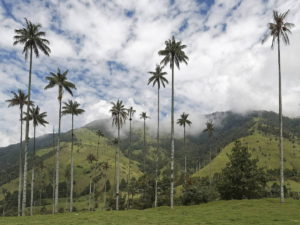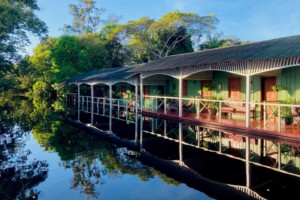Voyages to Antarctica: Unique, life-changing, memorable
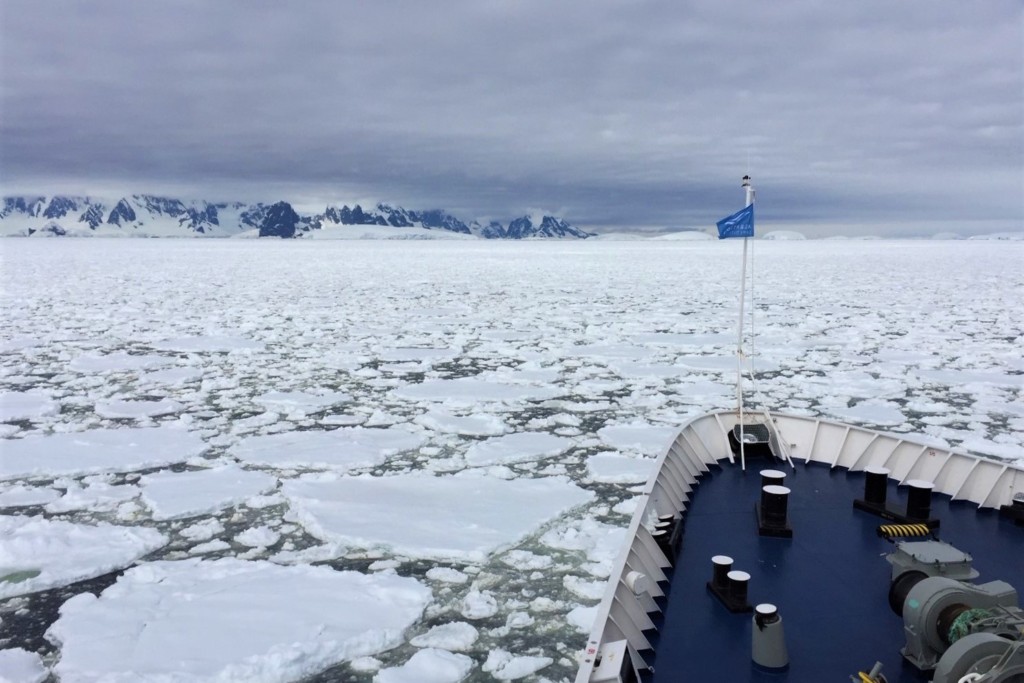
Of all my travel experiences in 75 countries, none have been unique, life-changing, and memorable like my voyages to Antarctica.
I got involved in Antarctic affairs in 1991 when I started my PhD research into the impacts and long term future of commercial tourism to Antarctica at Monash University.
I spent three months at the Scott Polar Research Institute at Cambridge University and gained my first Antarctic travel experience aboard ship in 1994.

The inside track
Dr Thomas Bauer is Adjunct Professor, School of Tourism and Hospitality at The University of the South Pacific, Fiji; a polar expeditions guide for Albatros Expeditions; and an advisory board member with WTACH.
Since then I have travelled to Antarctica as an expedition guide, lecturer, and Zodiac driver on more than 40 voyages and hope to return in late 2021. (A Zodiac is a brand of inflatable boat used for small-group excursions away from the primary vessel.)
The absence of a unifying government makes Antarctica a unique tourist destination. It is administered by the more than 50 nations that are signatories to the Antarctic Treaty. Tourism is managed under strict guidelines developed by International Association of Antarctica Tour Operators (IAATO) and the Treaty Parties.
All passengers aboard ship must attend compulsory lectures on the guidelines. And strict biosecurity measures are in place. While ashore minimum distances from wildlife need to be observed.
Visitor numbers have increased since I first got involved. During 2019/2020, some 55,000 passengers made landings, almost all of them in the Antarctic Peninsula region.
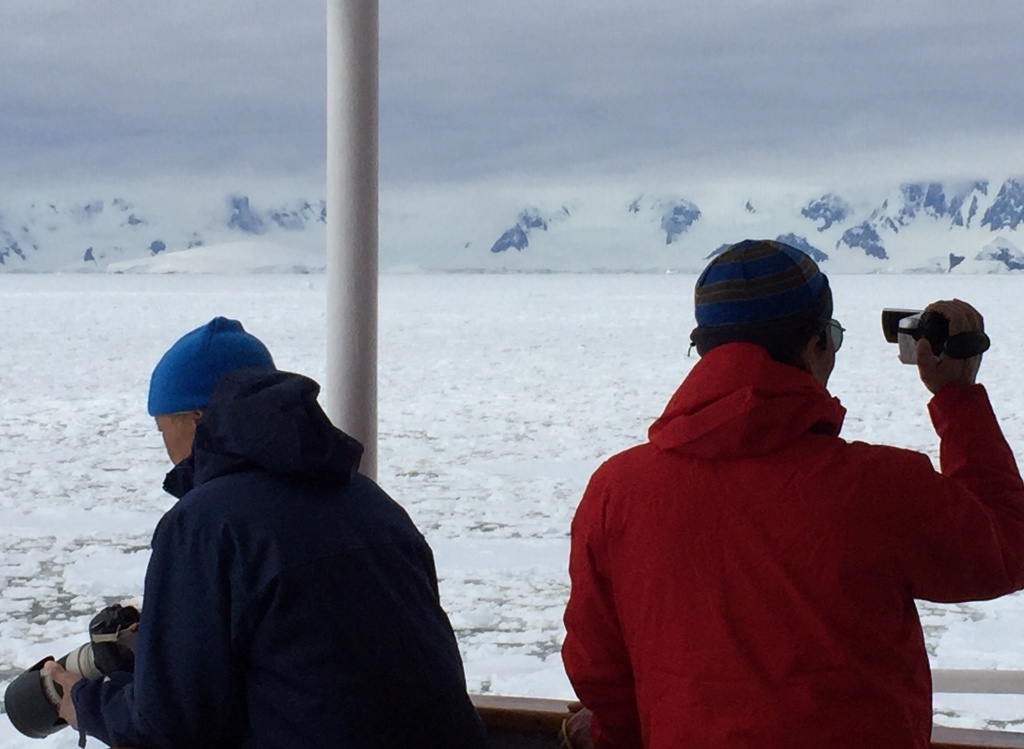
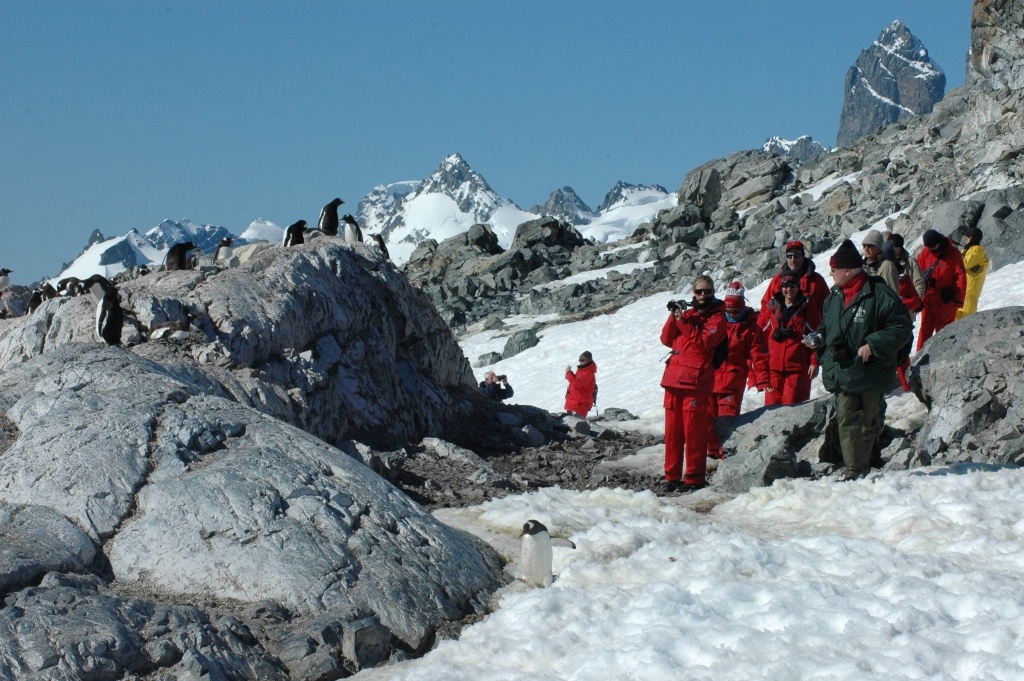
Most people want to visit Antarctica because it is the last great wilderness on Earth. Its snow- and ice-capped mountains, huge glaciers, iceshelfs and icebergs the size of houses — at times small countries — are what impress me most.
Oh yes, and there are a few penguins around as well. In the Antarctic Peninsula region they are predominately chinstrap, gentoo, and adelie penguins. The much larger king penguins can be seen in large numbers in the Falkland Islands, and on the island of South Georgia.
Humpback whales and orcas, as well as leopard seals, crab eater seals, and fur seals can regularly be seen. And several species of albatross, including the wanderer, follow the ships as they cross the Drake Passage.

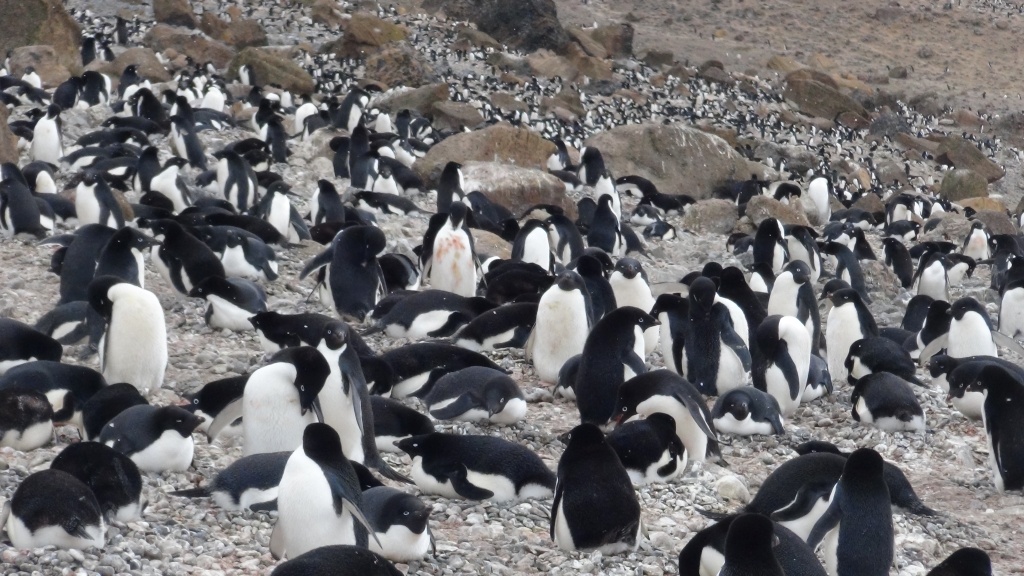
The time to visit Antarctica is from very late October to mid-March. I like the early part best. Places visited are often covered in thick snow and there are fewer human footprints. Penguins are busy building their pebble nests, courting, and laying their eggs.
In my experience, small ships with fewer than 200 guests like the brand new Ocean Victory operated by Albatros Expeditions — the outfit I work for as a polar expeditions guide — are the most suitable mode of transport. They provide all the modern creature comforts but still allow flexibility with landings.
All excursions are undertaken using Zodiacs that carry 10 guests at a time. No more that 100 guests are allowed to be ashore at any one time and thus the fewer passengers on a ship the more time each guest has ashore.
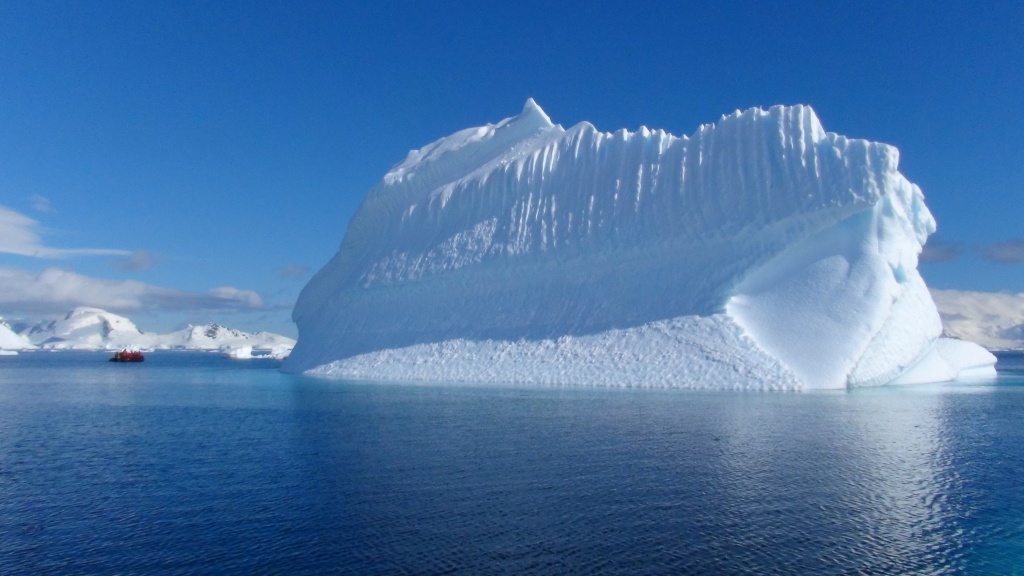
Where landings are made is determined by the wind and ice conditions. These can change from one moment to the next, so tour companies can give no guarantees about what guests will see or experience. With a price tag of upwards of USD 10,000 per person, plus the cost of flights to get to the most common starting point, Ushuaia, in the far south of Argentina, potential travellers need to be aware of this.
Admittedly, travel to Antarctica is a carbon-intensive undertaking, but a voyage south is also an inspiration. In a lecture aboard I encourage guests to do their part in making the places where they live more environmentally sustainable.
Don’t miss other “GT” Travel Experiences tagged with
“Cruise”
“Nature”
“Organised travel”
I like to think I ‘walk the talk’. The beauty and largely pristine nature of the places I have had the privilege to visit over the years has inspired my wife and me to buy a block of lowland rainforest in Mission Beach, Queensland, Australia. We have placed a conservation covenant on the property to protect it in perpetuity.
I wholeheartedly encourage readers to put a voyage to Antarctica high on their post-COVID list of places to visit. And they are more than welcome to email me directly for advice at thomasgbauer@gmail.com.

Where is this?
Most sightseeing voyages to Antarctica are to the Antarctic Peninsula region, and most of them start from Ushuaia in Argentina. Dr Bauer works as a polar expeditions guide for Danish company Albatros Expeditions. E‑mail him directly.


